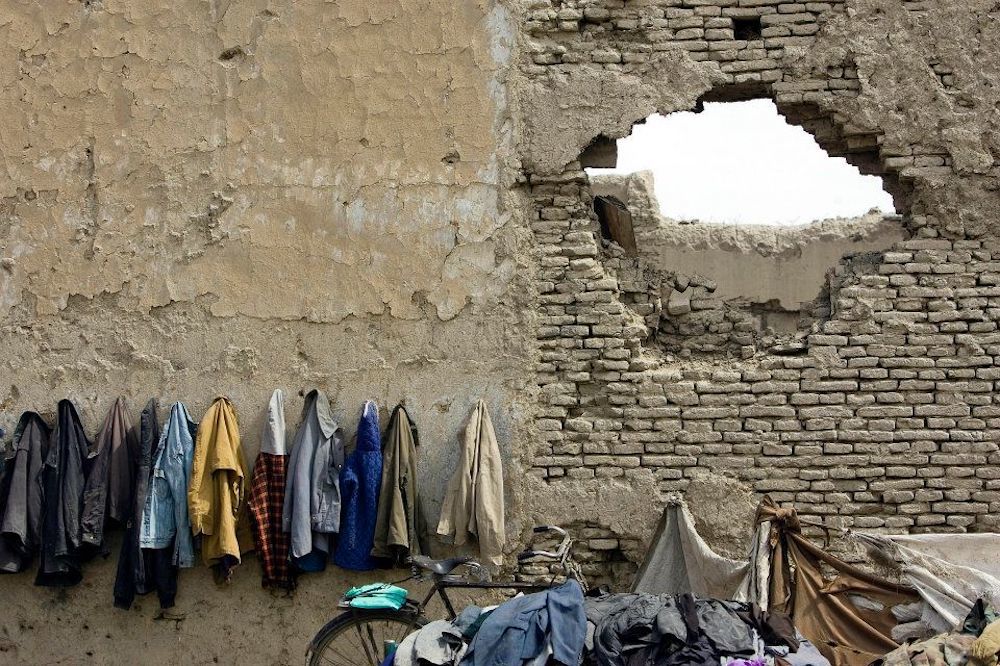
#SafeSchools action needed to protect education for every child
Children in conflicts, Education in emergencies, Right to education, Safe schools
Children have the right to an education without attacks or violence - today Theirworld publishes a new briefing and launches a #SafeSchools petition.
Every child in the world has the right to an education without fear of violence or attack. Schools should be safe places for young people to learn, play and fulfil their potential.
But millions of children have their education disrupted every year when their schools are bombed or military forces take over their classrooms.
Making schools completely safe spaces needs action from governments, donors and the international community.
Today Theirworld has published a new briefing as part of our #SafeSchools campaign. It looks at the scale and impact of violence against children at school and makes recommendations on how to tackle the issue.
One key proposal is that every country should sign the Safe Schools Declaration – an international commitment to protect education from attacks and stop the military use of schools. So far, 71 countries have signed the declaration.
The United Nations Security Council last month called for urgent action to protect children and education in conflicts. But of the council’s five permanent members, only one – France – has signed the Safe Schools Declaration.
Theirworld is calling on the four other powerful countries – the United States, United Kingdom, China and Russia – to send out a strong message by following France’s leadership.
You can join the #SafeSchools campaign by signing our petition to the foreign and defence ministers of those countries.
Ben Hewitt, Theirworld’s Director of Campaigns, said: “The only targets in education should be arithmetic and reading ages. But last year over 400 schools were targeted in military action. The safety of schools, pupils and teachers must sit at the heart of everything we do.
“An attack on one school is an attack on all schools. It is time for real action to protect schools and invest in them, so that we protect the future of millions of children and, in doing so, protect hope itself.”
Theirworld’s #SafeSchools briefing looks at the types of violence that affect children’s education. As well as conflict, that includes gender violence, bullying, gangs, sexual abuse, harassment, discrimination and corporal punishment. It also covers violence on the journey to school.
The briefing says: “Every school should – and can – be a safe place. The protection of schools is covered by some international laws and conventions. But these often do not provide a way to bring to justice those who attack education.”
It looks at the impact of violence against children, including trauma and the fear of attacks during conflict.

At least 27 million children are out of school as result of conflict. Children in fragile, conflict-affected countries are more than twice as likely to be out of school than in other countries.
Girls are almost two and a half times more likely to be out of primary school if they live in conflict-affected countries – and nearly 90% more likely to be out of secondary school.
What is a Safe School?
A place where children ARE NOT:
- Attacked by military forces or armed groups
- Having their education disrupted by military use of their school
- Harassed or sexually abused at school or on their journey to school
- Bullied or intimidated by fellow students, gangs or teachers
- Dealing with prejudice or discrimination because of their gender, race, ethnic background or for any other reason
- Subjected to corporal punishment
A place where children ARE:
- Made to feel protected
- Given structure, hope and a sense of normality
- Given positive messages about tolerance for others
- Given equal and inclusive education that promotes positive values
- Helped to deal with trauma, anxiety and toxic stress

More news

Theirworld initiative helps to deliver $30m of computers to Ukrainian children
